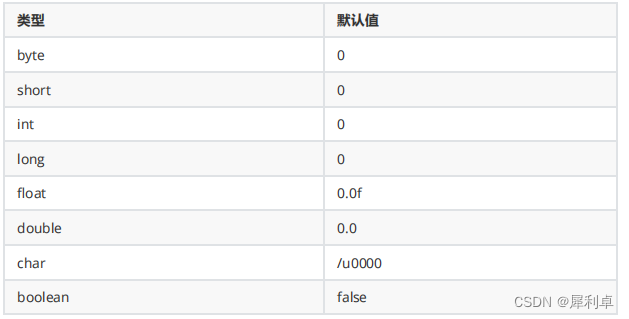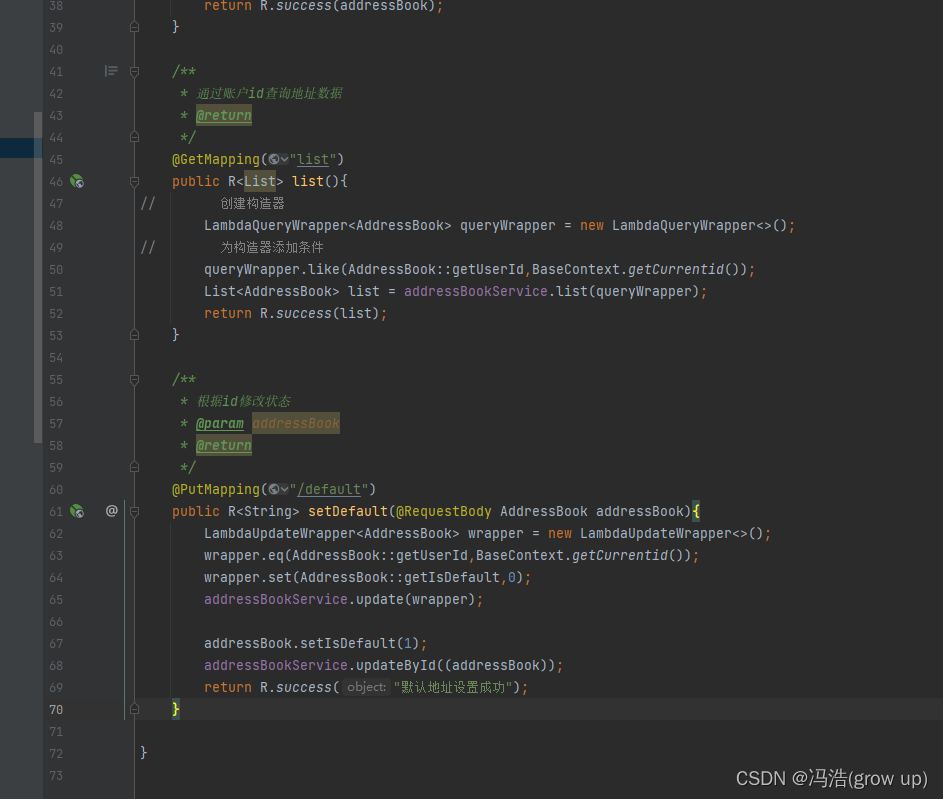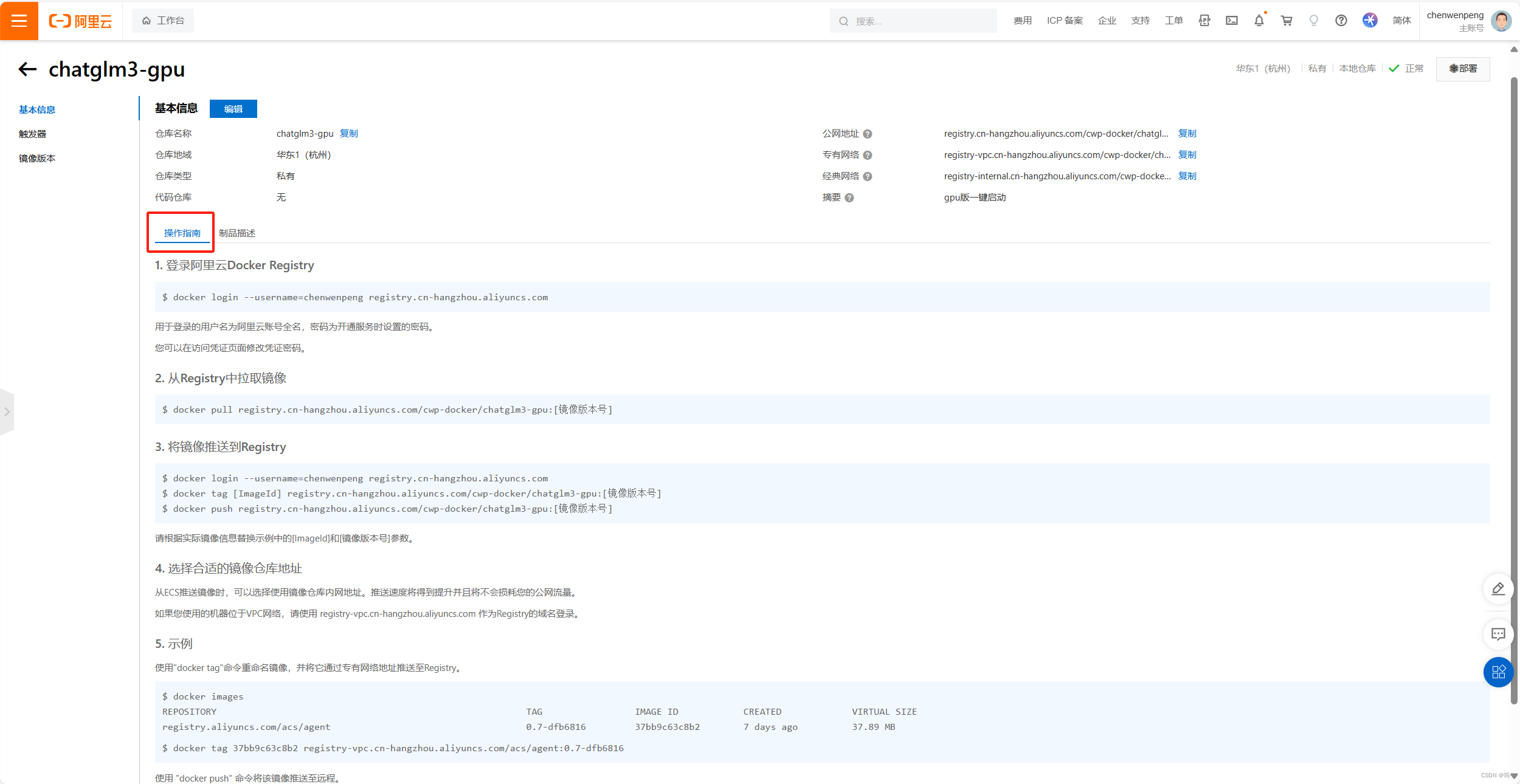1、centos 如何安装nginx?
在CentOS系统上安装Nginx的过程相对直接,通常可以通过系统自带的Yum包管理器来安装。以下是安装Nginx的最新稳定版的步骤:
1.1 更新系统软件包
在安装Nginx之前,首先确保系统软件包是最新的,运行以下命令:
sudo yum update1.2. 安装EPEL存储库(如果尚未安装)
对于CentOS,有时需要额外安装EPEL(Extra Packages for Enterprise Linux)扩展存储库,以便获取Nginx软件包。运行:
sudo yum install epel-release1.3. 安装Nginx
使用Yum命令安装Nginx:
sudo yum install nginx1.4. 启动Nginx服务并设置开机启动
安装完成后,启动Nginx服务,并设置为开机自动启动:
sudo systemctl start nginx
sudo systemctl enable nginx1.5. 验证安装
检查Nginx是否安装成功并正在运行,可以查看服务状态:
sudo systemctl status nginx或者访问服务器IP地址,如果能看到Nginx的欢迎页,那就说明Nginx已成功安装并运行:
curl http://localhost 或者在浏览器中打开 http://localhost 或 http://服务器IP地址2、centos 如何重启nginx?
在 CentOS 系统中重启 Nginx 服务有多种方法,以下是几种常见的重启方式:
方法 1:使用 systemd 服务管理器(推荐)
在较新的 CentOS 版本中(如 CentOS 7 及以后版本),Nginx 服务通常通过 systemd 进行管理。您可以使用以下命令重启 Nginx:
# 启动
sudo systemctl start nginx
# 重启
sudo systemctl restart nginx方法 2:使用 service 命令
sudo service nginx restart注意事项
- 请确保 Nginx 已经正确安装并且已经在系统中注册为服务。
- 如果 Nginx 是通过第三方仓库或者手动编译安装,其启动脚本可能不在上述默认位置,这时需根据实际安装位置调用相应命令。
- 以上命令均需要 root 权限才能执行。
3、如何查看nginx运行状态?
在Linux查看Nginx运行状态有不同的方法:
3.1 使用systemctl命令(适用于Systemd管理的系统,如CentOS 7+,Ubuntu 15.04+等)
sudo systemctl status nginx这条命令将会显示Nginx服务的状态,包括是否正在运行,最近的启动和停止时间,以及任何相关的错误信息。
3.2 使用ps命令查看进程状态:
ps aux | grep nginx这条命令会列出所有与nginx相关的进程,通过观察输出判断nginx主进程是否存在,可以了解nginx是否在运行。
4、启动nginx报错: Failed to start The nginx HTTP and reverse proxy server.
启动Nginx报错“Failed to start The nginx HTTP and reverse proxy server.”表示Nginx未能成功启动HTTP服务器和反向代理服务。为了解决这个问题,首先需要定位错误的原因。以下是一些常见的故障排查步骤:
4.1 查看错误日志
Nginx的错误日志通常存放在 `/var/log/nginx/error.log` (Linux系统)或安装目录下的 `logs` 子目录中(Windows系统)。通过查看错误日志可以获得具体的错误信息,有助于确定问题所在。
示例命令:
tail -f /var/log/nginx/error.log4.2 配置文件检查🌟
确保Nginx的配置文件没有错误。可以使用Nginx内置的配置文件测试工具进行测试:
sudo nginx -t如果配置文件有错误,它会显示出错的地方。
5、我浏览器可以访问http://121.43.75.xxx:80。 这个,但是不确定能不能访问8080端口,我用什么命令可以测试8080端口是否是通的?这样可以排除防火墙的问题?
5.1 使用 Telnet🌟
1telnet 121.43.75.xxx 8080运行上述命令后,如果端口开放并且服务可用,你会建立到该端口的连接。如果端口关闭或者防火墙阻止了访问,通常会在几秒钟内没有任何响应,或者显示类似“无法打开到主机的连接”的错误信息。
5.2 使用 nc (netcat)
1nc -vz 121.43.75.xxx 8080如果是阿里云,去开通ACL 8080端口

6、 nginx.conf简单配置案例demo
# For more information on configuration, see:
# * Official English Documentation: http://nginx.org/en/docs/
# * Official Russian Documentation: http://nginx.org/ru/docs/
user nginx;
worker_processes auto;
error_log /var/log/nginx/error.log;
pid /run/nginx.pid;
# Load dynamic modules. See /usr/share/doc/nginx/README.dynamic.
include /usr/share/nginx/modules/*.conf;
events {
worker_connections 1024;
}
http {
log_format main '$remote_addr - $remote_user [$time_local] "$request" '
'$status $body_bytes_sent "$http_referer" '
'"$http_user_agent" "$http_x_forwarded_for"';
access_log /var/log/nginx/access.log main;
sendfile on;
tcp_nopush on;
tcp_nodelay on;
keepalive_timeout 65;
types_hash_max_size 2048;
include /etc/nginx/mime.types;
default_type application/octet-stream;
# Load modular configuration files from the /etc/nginx/conf.d directory.
# See http://nginx.org/en/docs/ngx_core_module.html#include
# for more information.
include /etc/nginx/conf.d/*.conf;
server {
listen 80 default_server;
listen [::]:80 default_server;
server_name _;
root /usr/share/nginx/html;
# Load configuration files for the default server block.
include /etc/nginx/default.d/*.conf;
location / {
}
error_page 404 /404.html;
location = /40x.html {
}
error_page 500 502 503 504 /50x.html;
location = /50x.html {
}
}
server {
listen 8080;
server_name _;
root /var/www/client;
index index.html;
# Load configuration files for the default server block.
include /etc/nginx/default.d/*.conf;
location / {
try_files $uri $uri/ /index.html;
}
location /api/ {
proxy_pass http://localhost:8083/;
}
error_page 404 /404.html;
location = /40x.html {
}
error_page 500 502 503 504 /50x.html;
location = /50x.html {
}
}
server {
listen 8081;
server_name _;
root /var/www/admin;
index index.html;
# Load configuration files for the default server block.
include /etc/nginx/default.d/*.conf;
location / {
try_files $uri $uri/ /index.html;
}
location /api/ {
proxy_pass http://localhost:8083/;
}
error_page 404 /404.html;
location = /40x.html {
}
error_page 500 502 503 504 /50x.html;
location = /50x.html {
}
}
# Settings for a TLS enabled server.
#
# server {
# listen 443 ssl http2 default_server;
# listen [::]:443 ssl http2 default_server;
# server_name _;
# root /usr/share/nginx/html;
#
# ssl_certificate "/etc/pki/nginx/server.crt";
# ssl_certificate_key "/etc/pki/nginx/private/server.key";
# ssl_session_cache shared:SSL:1m;
# ssl_session_timeout 10m;
# ssl_ciphers PROFILE=SYSTEM;
# ssl_prefer_server_ciphers on;
#
# # Load configuration files for the default server block.
# include /etc/nginx/default.d/*.conf;
#
# location / {
# }
#
# error_page 404 /404.html;
# location = /40x.html {
# }
#
# error_page 500 502 503 504 /50x.html;
# location = /50x.html {
# }
# }
}



















